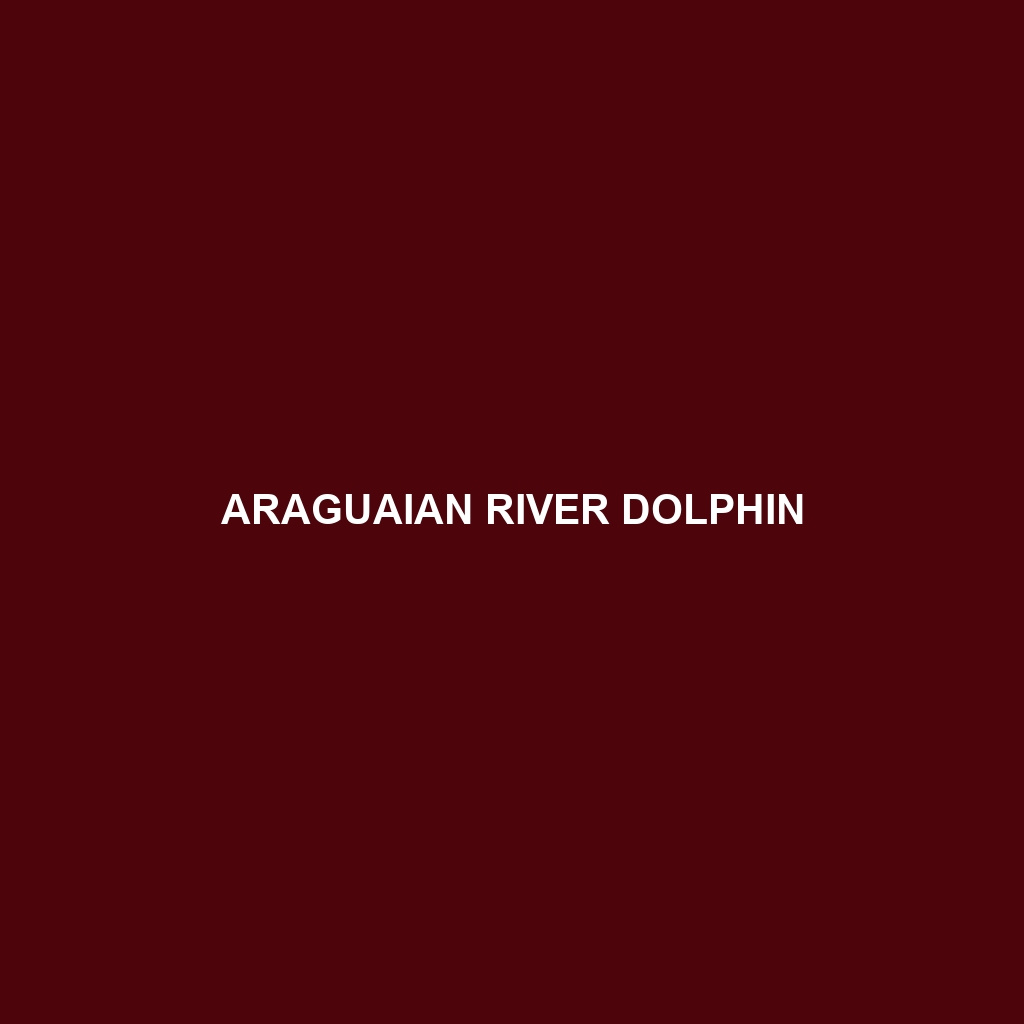Dall’s Porpoise (Phocoenoides dalli)
Common Name: Dall’s Porpoise
Scientific Name: Phocoenoides dalli
Habitat
Dall’s Porpoise is primarily found in the cold, coastal waters of the North Pacific Ocean. They inhabit regions from the Bering Sea, along the coasts of Alaska and Canada, and further down to northern California. These animals prefer deep waters near continental shelves and often inhabit areas with strong underwater currents.
Physical Characteristics
Dall’s Porpoises are medium-sized marine mammals, reaching lengths of up to 2.5 to 2.7 meters (8.2 to 8.9 feet). They possess a robust, stocky body and are known for their distinct black and white coloration, which features a dark back complemented by a light belly. Their unique coloration aids in camouflage against predators. Dall’s Porpoises have a blunt rostrum and dorsal fins that set them apart from other cetaceans.
Behavior
This species is known for being extremely energetic and fast swimmers, capable of reaching speeds of up to 55 km/h (34 mph). Dall’s Porpoises are often observed riding the bow waves of boats and are known to be playful. They are social animals, typically found in small groups, although they can occasionally form larger pods. Their vocalizations include clicks and whistles, which are utilized for communication and echolocation.
Diet
Dall’s Porpoises primarily feed on a variety of fish and squid. Their diet includes species such as herring, mackerel, and pacific lanternfish. These marine mammals are known to hunt using echolocation, enabling them to locate prey even in dark or murky waters. This feeding behavior plays a significant role in maintaining the balance of the marine ecosystem.
Reproduction
The breeding season for Dall’s Porpoises typically occurs in the spring and summer months. Females give birth to a single calf after a gestation period of approximately 10-11 months. Offspring are nursed for up to 18 months and remain with their mothers until they are approximately 2-3 years old. With low reproductive rates, the survival of calves is critical for maintaining population numbers.
Conservation Status
As of the latest assessments, Dall’s Porpoises are classified as Least Concern by the IUCN. However, their population is threatened by factors such as bycatch in fishing nets, habitat degradation, and pollution. Continuous monitoring and conservation efforts are necessary to ensure their populations remain stable in the face of these challenges.
Interesting Facts
Dall’s Porpoises are one of the fastest marine mammals and are known for their acrobatic displays. They are named after the American naturalist W. H. Dall, who contributed to early marine mammal research. Another fascinating aspect is their unique ability to travel at high speeds, allowing them to evade predators and food sources effectively.
Role in Ecosystem
As a top predator in their habitat, Dall’s Porpoises play a crucial role in the marine ecosystem. They help regulate fish populations and contribute to the health of marine environments. Their presence indicates a balanced and biodiverse ecosystem, highlighting the interconnectedness of marine species.
